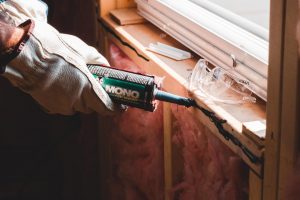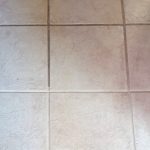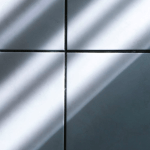Caulk vs Sealant – What’s the Difference?
When you’re looking to recaulk your bathtub or redo the seal on your basement floor, it can be difficult to know what’s the right choice. Caulk is designed to keep water out of small cracks and spaces, while sealant works well in bigger gaps that don’t have much to do with water. Learn more about caulking vs. sealant so you can decide which product best fits your needs.
About Caulking and Recaulking

Recaulking refers to the process of applying a new coat of caulking.
Caulking is a material that is used to fill in the gaps between two surfaces so that water, air, or other substances cannot pass through. Some caulks are designed for specific materials like metal or plastic. Recaulking refers to the process of applying a new coat of caulking. It can be done as soon as you notice the old caulk has dried out and started to break down or it can be done when you are ready to paint, replace carpeting, or put up new flooring.
What is the Difference Between Caulk and Sealant
Caulk is a sealant that is applied to the joints of a tile or other masonry surface. It is used to fill in the gaps between tiles, grout, and other materials. Caulking helps prevent water from seeping through those gaps. Sealing can also be done with caulking but it’s more often used to keep water from coming into contact with the surface of a material.
What Should I Consider When Choosing One Type Over Another
A lot of people find caulking and sealing to be interchangeable, but there is a difference between the two. Basically, caulking is used to fill gaps that are less than an inch wide while sealant is typically used for gaps that are wider than an inch. However, this does not mean that you can’t use caulking for larger gaps. It just means you’ll have to apply it in layers as opposed to one thick coating.
Caulking also provides a smoother finish than sealant because it’s applied in thin layers whereas sealant is applied in one thickness across the whole surface. This means that if you’re looking for a smooth finish, then caulking might be your best bet. On the other hand, if you want a more durable product that fills larger gaps with fewer coats, then sealant might be better. The cost will also differ between caulking and sealant: while both products are relatively inexpensive, caulking is cheaper because it only needs to be applied in thin layers.




